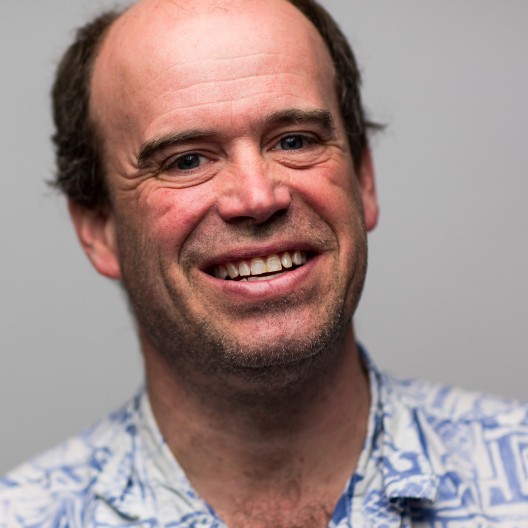Adam Summers works in comparative biomechanics—the study of how non-human animals run, walk, swim, fly, and breathe, along with the many other tasks associated with living. His research covers a wide range of both questions and creatures. He has looked, variously, at how turtles feed, how fishes attach themselves to rocks, why some amphibians have so many bones in their heads, and how the stingray wing flaps. He uses a suite of 3-D imaging techniques, digital animation, mathematical models, physical models and experimentation. Additionally, Summers has always been an enthusiastic proponent of public outreach, and for eight years wrote a column on biomechanics for Natural History magazine, and his work has been included in the Best American Science and Nature Writing.


